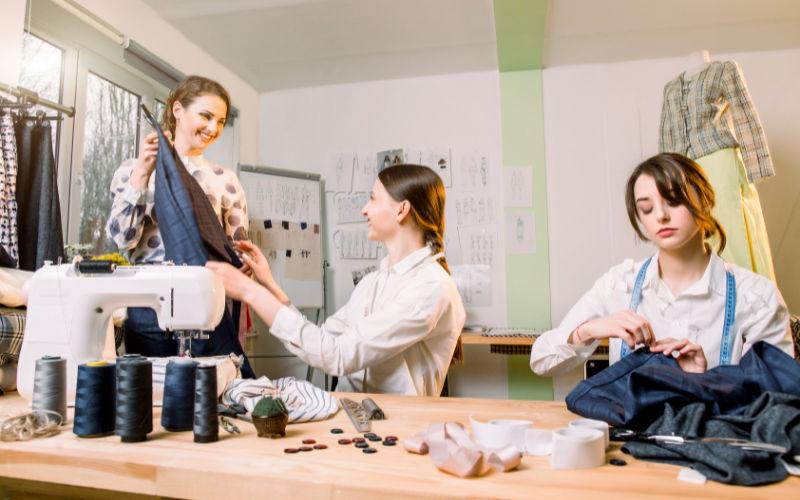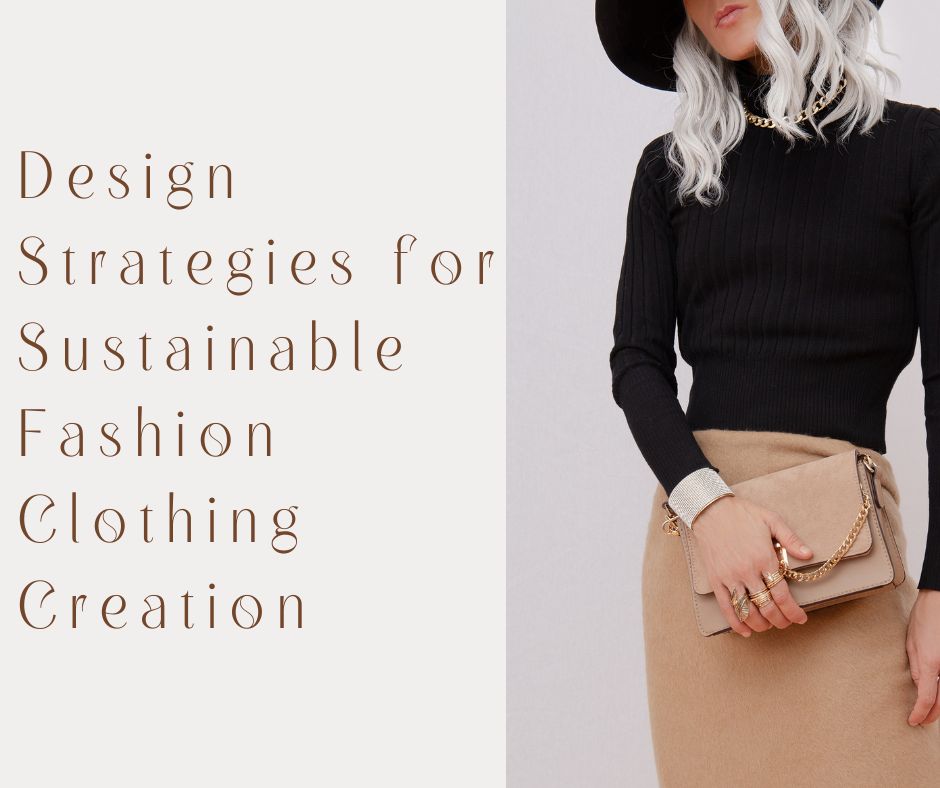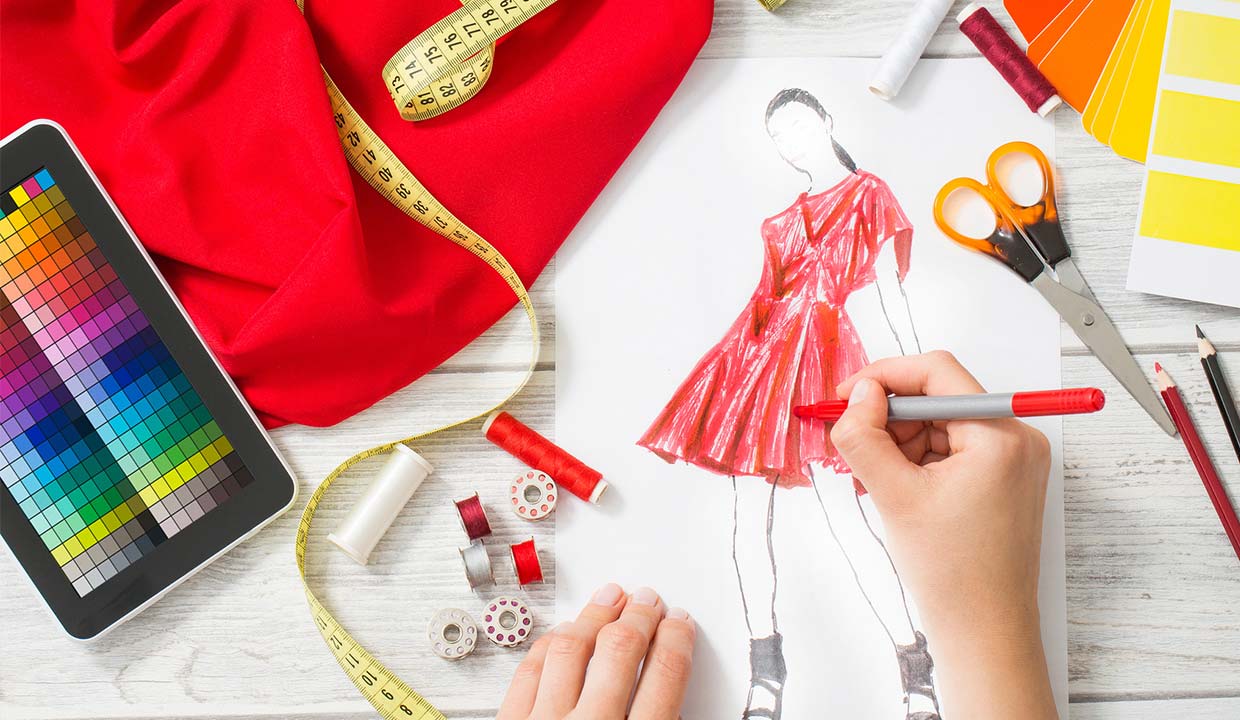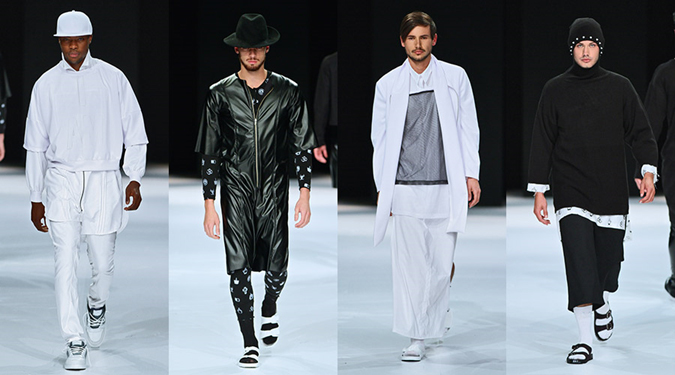The Indian fashion industry has undergone a massive transformation since the 1990s. The sector, which once largely revolved around traditional attire, has now embraced global trends, modern aesthetics, and innovative design. From handlooms and intricate embroideries to luxury brands and international runway shows, the Indian fashion scene has evolved into a vibrant space for creativity and business.
Evolution of Indian Fashion Since the 1990s
The 1990s marked a turning point for Indian fashion, as the country’s economy opened up to global markets. This period saw the rise of new fabrics, modern styles, and international collaborations that blended Indian craftsmanship with global trends. Fashion choices became more varied, and Indian designers began to gain international recognition.
The launch of platforms like Lakmé Fashion Week in 1999 introduced Indian talent to the world stage. Designers started to experiment with a fusion of traditional and contemporary designs, creating a distinct identity for Indian fashion. Today, the industry not only showcases exquisite bridal wear but also competes globally in ready-to-wear, couture, and sustainable fashion.
The Positive Impact of Modernization on Fashion Choices
Modernization has played a crucial role in the evolution of fashion in India. With the internet and social media, fashion trends have become more accessible to a wider audience. Youth from different backgrounds are exposed to diverse fashion choices, making them more experimental with their style.
This exposure has had a positive impact on fashion careers. With fashion becoming a serious business, more young people are now considering it as a viable career option. Institutions like the International College of Fashion (ICF) are helping students turn their passion for fashion into successful careers by providing the right blend of education, practical exposure, and industry connections.
Indian Fashion Designers Inspiring Youth
India has produced a plethora of fashion designers who have left a global mark and inspired countless youths to pursue fashion careers. Some of the top names include:
- Manish Malhotra: Known for his iconic Bollywood costume designs, Malhotra’s work blends Indian tradition with modern glamour, making him one of the most sought-after designers in the country.
- Sabyasachi Mukherjee: His intricate bridal collections have revolutionized Indian wedding fashion, while his focus on heritage crafts has inspired a generation to value traditional techniques.
- Ritu Kumar: One of the pioneers of Indian fashion, Ritu Kumar’s work emphasizes the beauty of traditional Indian textiles, making her a role model for aspiring designers.
- Tarun Tahiliani: Known for introducing haute couture to India, Tahiliani’s work showcases the perfect amalgamation of contemporary and traditional design.
These designers have not only shaped Indian fashion but have also shown the youth that fashion is not just about creativity; it’s a serious and rewarding career path.
The Role of Education in Shaping Fashion Careers
The evolution of the fashion industry has been mirrored by changes in education. Institutions now offer specialized courses that blend creative expression with business acumen, preparing students for the competitive world of fashion. The International College of Fashion (ICF) is a prime example of how education has adapted to meet the needs of the modern fashion world.
ICF offers courses that combine theoretical knowledge with practical experience, allowing students to work with top designers and brands while honing their skills. The institute’s focus on entrepreneurship also helps students launch their own labels, further contributing to the growth of the Indian fashion industry.
5 Ways to Make Your Mark in the Fashion Industry
While talent is crucial, standing out in the fashion industry requires more than just creativity. Here are five ways aspiring fashion students or professionals can distinguish themselves:
- Develop a Unique Design Aesthetic
To make a name in the industry, aspiring designers need to cultivate their own signature style. Whether it’s a particular fabric, technique, or concept, having a distinct voice will help you stand out in a crowded marketplace. - Master the Business Side of Fashion
Fashion is as much about business as it is about design. Understanding the logistics of fashion retail, branding, and marketing will give you an edge in running a successful label or working for top fashion houses. - Stay Updated on Global Trends
The fashion industry moves quickly. Keeping up with the latest trends and technological advancements, such as sustainable practices or fashion tech, will ensure you remain relevant and innovative. - Network with Industry Professionals
Building relationships with other designers, buyers, influencers, and media personnel is essential for advancing in the fashion world. Attend fashion weeks, internships, and events to grow your network and open doors to new opportunities. - Prioritize Sustainability
As consumers become more eco-conscious, sustainable fashion has become a key trend. By adopting eco-friendly practices, you can not only differentiate yourself but also contribute to a larger global movement towards ethical fashion.
International College of Fashion: Paving the Way for Aspiring Designers
The International College of Fashion (ICF) is dedicated to shaping the next generation of fashion leaders. With a focus on entrepreneurship, innovation, and hands-on experience, ICF offers a range of courses designed to meet the needs of the modern fashion industry. Here’s a glimpse into the offerings:
- Bachelors in Fashion Design and Technology: This program blends fashion with technology, allowing students to learn the ins and outs of running a tech-fashion business. The curriculum is designed to help students master both creative and technical skills.
- Masters in Fashion Design and Technology: Focused on advanced techniques, this program is perfect for those who wish to delve deeper into design and innovation. It equips students with the knowledge to create their own fashion line.
- PG Diploma in Fashion Entrepreneurship: This short-term course is ideal for those looking to fast-track their career in fashion. It includes both classroom learning and on-the-job training.
ICF also collaborates with top fashion houses and offers internship opportunities that help students gain industry experience. Admission to these programs is straightforward. Prospective students can apply through the official website by filling out the admission form and submitting the required documents.
Conclusion
The Indian fashion industry offers limitless possibilities for those who are passionate, creative, and willing to learn. With the right education, guidance, and determination, aspiring fashion professionals can make their mark in this competitive field. Institutions like the International College of Fashion provide the perfect platform for students to build their careers and achieve their dreams.
By developing a strong personal brand, staying up to date with trends, mastering the business side of fashion, and networking effectively, you can distinguish yourself in the industry and create a lasting impact.
For more information on how to apply to the International College of Fashion, visit ICF’s website. Explore the available courses and take the first step toward building a successful career in the fashion industry!












